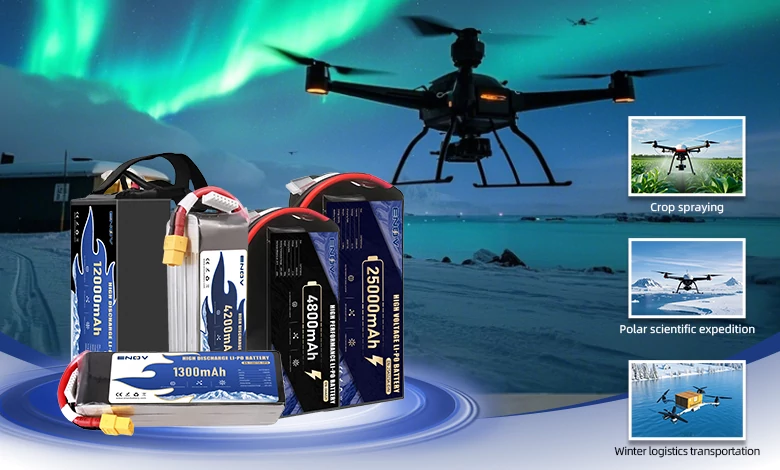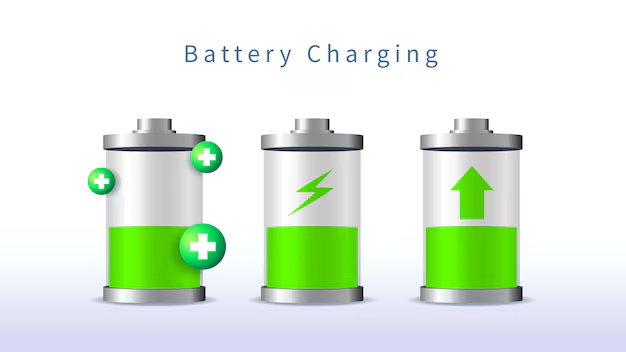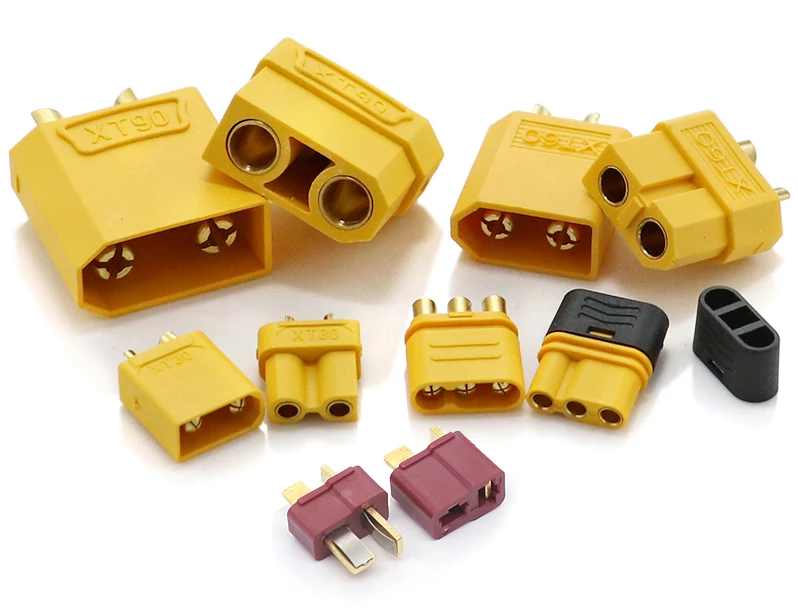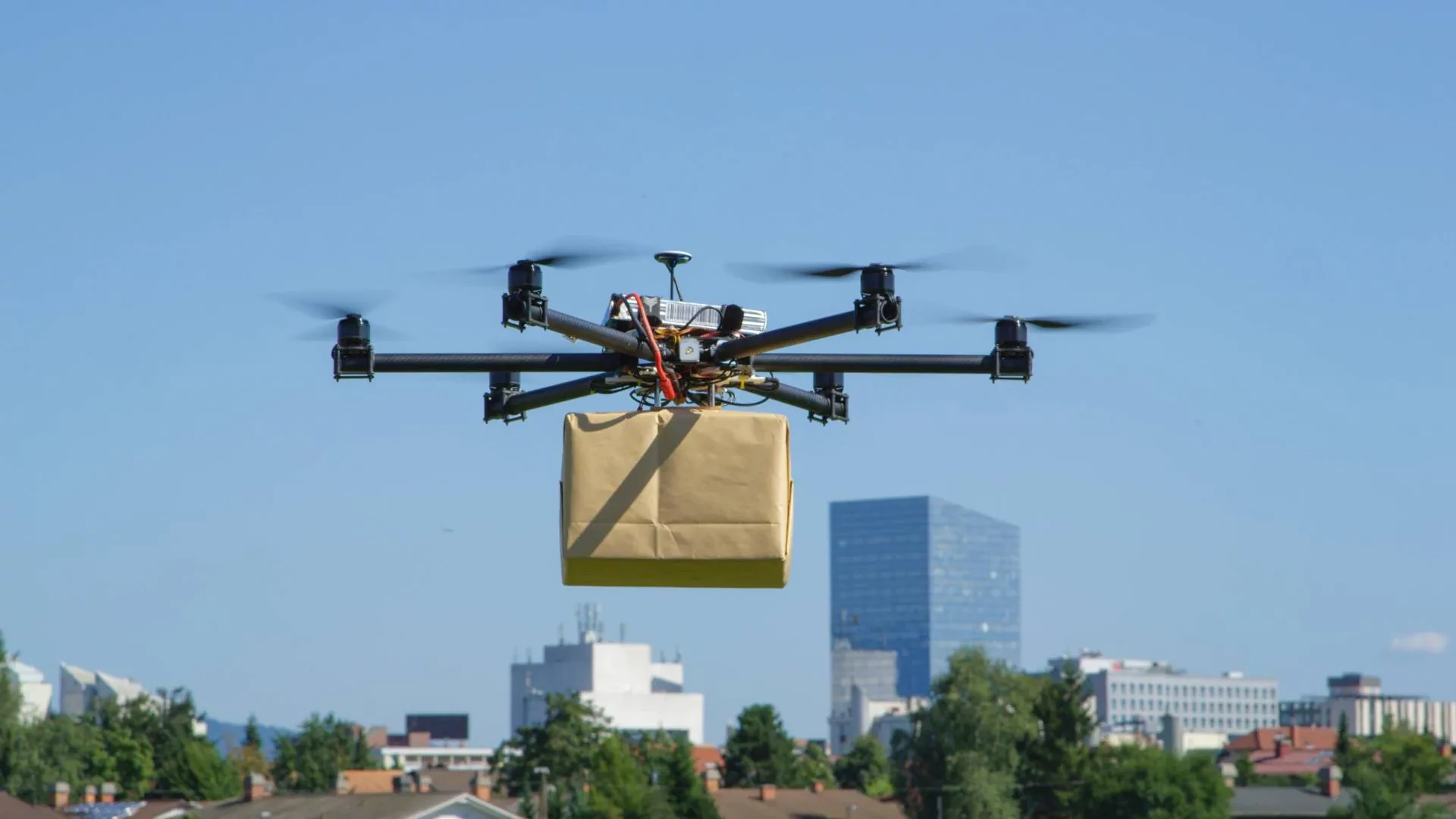A Guide to Drone Battery Capacity
What does drone battery capacity refer to? Is a larger capacity always better? How does the size of capacity affect other battery parameters? And how does it impact drone performance?

ENOV High-Energy drone batteries power industrial and commercial drones. Delivering 220–320 Wh/kg energy density, they enable long flight times (30+ mins) and support fast charging (2C). Perfect for aerial photography, surveillance, and delivery drones.
Capacity refers to the amount of energy a battery stores, representing the electric current it can output over a period of time. It is an indicator to measure the energy storage capacity of a battery, with units of mAh or Ah (1Ah = 1000mAh). In this article, we will compare battery capacity to the “amount of fuel a car’s tank can hold” to help you better understand battery capacity, its relationship with other drone battery parameters, and how this parameter affects drone performance.
1. Capacity and Weight
A larger capacity usually requires more cells, which increases the weight. For example, a 2000mAh battery is heavier than a 1500mAh one. However, excessive weight can offset the advantage of longer endurance. Just like a large fuel tank can hold more fuel, but if it’s too heavy, it makes the car more fuel-consuming, a drone carrying an overly heavy battery will fly with more difficulty and consume power faster.
2. Capacity, Weight, and Battery Materials
Capacity is like “how much fuel a tank can hold”, weight is “the weight of the tank itself”, and battery materials are “the materials used to make the tank”, such as iron sheet, aluminum alloy, plastic, etc.
In drone batteries, common materials include lithium-polymer, lithium-ion, lead-acid, nickel-hydrogen, etc. For the same capacity, batteries made of different materials have significant differences in weight:
Lithium-polymer batteries are the lightest, just like a fuel tank made of aluminum alloy. When holding 50L of fuel, they are much lighter than an iron sheet fuel tank.
Lithium-ion batteries are slightly heavier, similar to a plastic fuel tank, which is a bit heavier than an aluminum alloy one but lighter than an iron sheet.
Lead-acid and nickel – hydrogen batteries are the heaviest, like a fuel tank made of thick iron sheet. With the same capacity, their weight may be 2 – 3 times that of lithium-polymer batteries.
The core of this relationship is that the material determines the “weight per unit capacity”. High-quality materials (such as lithium-polymer) can be made lighter with the same capacity, ensuring a large capacity while keeping the weight moderate, thus avoiding the endurance advantage being offset by excessive weight. It’s like an aluminum alloy fuel tank that can hold a lot of fuel without adding too much weight to the car, truly increasing the driving range.
On the contrary, making a high-capacity battery with heavy materials (such as lead-acid) is like making an oversized fuel tank with a thick iron sheet. Although it can hold a lot, its weight is too heavy, which will make the drone fly more difficult and consume power faster, instead of shortening the endurance. Therefore, drone batteries generally use lithium-polymer materials to find the optimal balance between capacity and weight.
3. Capacity and Flight Time
The relationship between capacity and flight time can be compared to that between the “amount of fuel a car’s tank can hold” and the “driving mileage”. Capacity is the total amount of electricity stored in the battery, just like the amount of fuel a tank can hold. Theoretically, when other parameters such as drone power consumption and battery weight are matched, a larger capacity will lead to a longer flight time of the drone, just as a larger fuel tank allows a car to drive a longer distance. For example, a 2000mAh battery may fly 5 – 10 minutes longer than a 1500mAh battery, and the actual duration depends on the actual power consumption of the drone.
However, this relationship is not absolute. As mentioned above, flight time is also affected by factors such as battery weight. If the capacity is too large, resulting in an overly heavy battery, just like a large fuel tank can hold more fuel but its own weight increase makes the car more fuel-consuming, the drone will fly with more difficulty and consume power faster when carrying an overly heavy battery, which may instead shorten the flight time. Therefore, a balance needs to be found between capacity and weight.
4. Capacity and Discharge Rate
The discharge rate is like the “acceleration ability”, and capacity is the “amount of fuel a tank can hold”. Batteries with a high discharge rate consume more power, just like a sports car accelerates quickly but consumes more fuel. A drone using a 20C battery flies faster and has stronger explosive power than one using a 10C battery, but with shorter endurance. That is, under the same capacity, a battery with a higher C-rate “uses electricity faster”, so a trade-off needs to be made between high explosive power and long endurance.
5. Capacity, Size, and S - count
The size is like the “external size of the fuel tank”, and the capacity and S-count are like the “internal capacity and structure of the fuel tank”. A larger capacity and more S – counts usually require more space to hold the cells, so the battery size is generally larger. However, the battery size must match the drone’s battery compartment. An inappropriate battery size may fail to fit in, cause poor contact, or even fall off during flight – just like a fuel tank that is too large can’t fit into the car, and one that is too small will shake in the compartment. Therefore, if you want to use a battery with a larger capacity under the same size, you need to choose a battery material with high energy density, such as a lithium-polymer battery.
Finally, parameters are an “integral whole” and need to be matched according to needs. All parameters restrict each other, and there is no “perfect value”.
Quick inquiry
Drop us a line, and we’ll get back to you within 24 hours.

Ariana Yuan
Digital Operations Manager
Website Planning|Marketing Project Management for Drone Batteries|Scheduled Content Refresh|SEO Optimization

Ariana Yuan
Digital Operations Manager
Website Planning|Marketing Project Management for Drone Batteries|Scheduled Content Refresh|SEO Optimization




